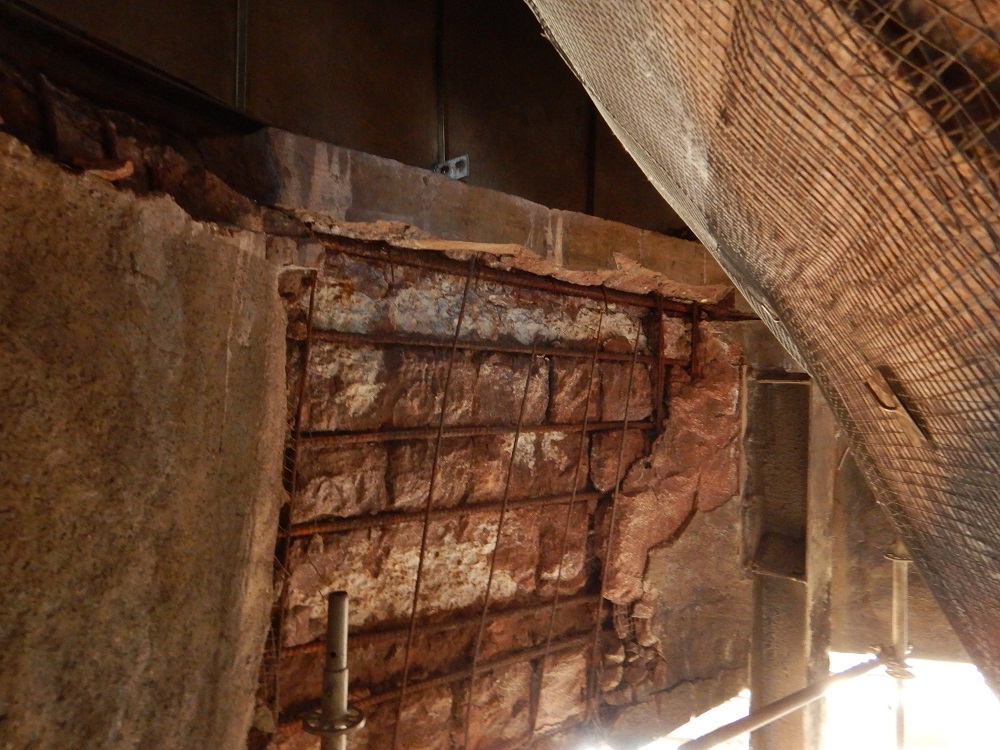Why are our Fireproofing Repairs Failing?
At Brindley Engineering, we find evidence of past structural fireproofing repairs that have failed prematurely in nearly all the facilities we evaluate. This is a very common occurrence not only for fireproofing repairs but repairs to reinforced concrete structures in general. The root causes of these premature failures typically fall into 3 categories:
Root Cause #: 1 Inadequate or Missing Repair Detail
Often times, repairs are completed by maintenance contractors without any repair detail, specification, or guidance from the client, often resulting in an incorrect repair.
Common fireproofing repair problems when guidance is not provided can include:
- Wrong material selected for the environment or application
- Inadequate or incorrect anchorage
- Poor surface preparation of underlying steel
- Incorrect details that allow in water and don’t tie-into existing systems correctly
Root Cause #2: Lack of Maintenance Procedures
We have seen that many facilities lack standards on fireproofing installation and rarely have maintenance standards for fireproofed coatings. The result is that, when repairs are done, they are done poorly and can fail again after a few short years.
Let’s use an example:
When a repair is done with a feathered-edge transition instead of a squared transition, the feather edge will tend to pull back, allowing water to get into the crevice. The result: another spalling failure.
Root Cause #3: No oversight of the repair
Repairs to pressure boundary items such as piping and pressure vessels are typically overseen with extensive QAQC procedures and are well documented. However, repairs to structures and fireproofing rarely receive any QAQC oversight or even an adequate inspection and test plan. Although structures and fireproofing do not contain the hazardous fluids that piping and pressure vessels carry, the repair of these items is very costly and pre-mature failures will require additional repairs and are considered safety concerns until repaired properly.
To ensure a sound repair that lasts long into the future, the defect should be evaluated by individuals skilled in QAQC assessments and repair methods, so they are equipped to provide sound repair details. These details should be implemented by skilled contractors using good procedures, and their work should receive enough oversight to ensure that they are done correctly and will not fail prematurely. This will save considerable maintenance dollars and provide a safety structure long into the future.


0 Comments